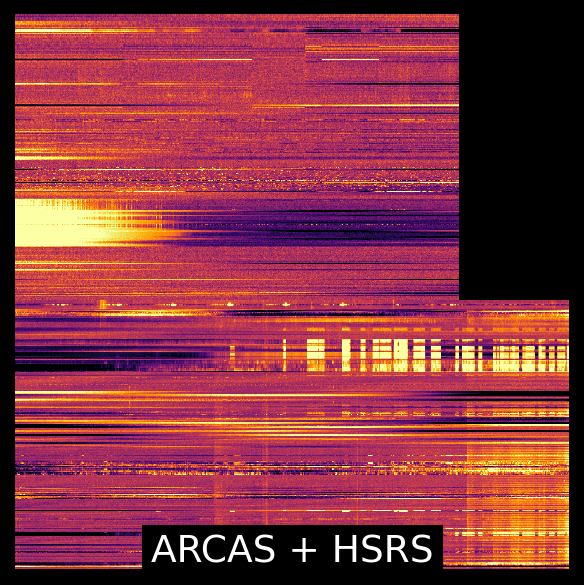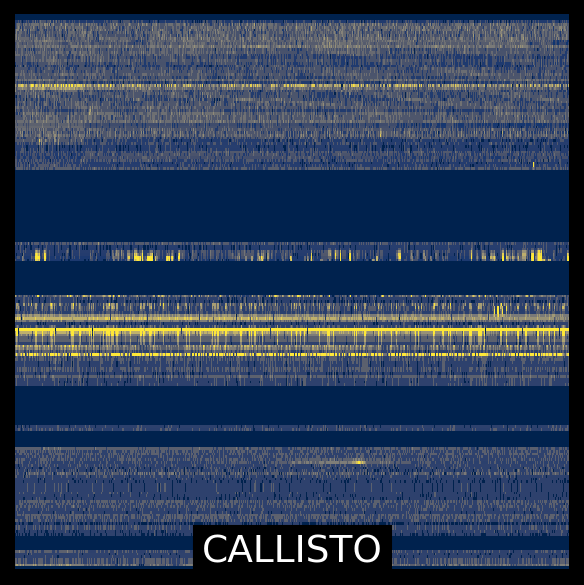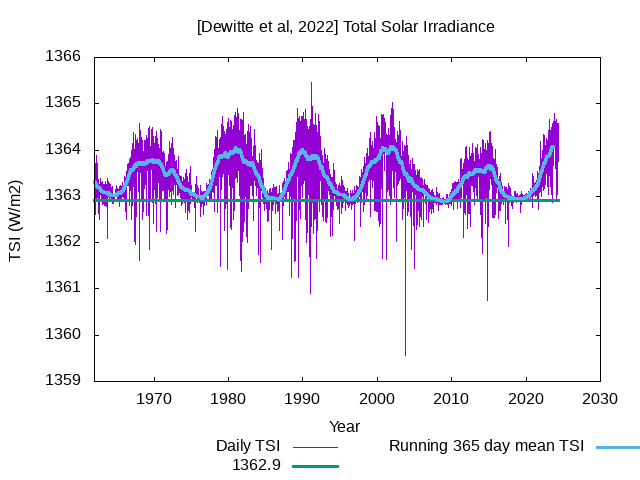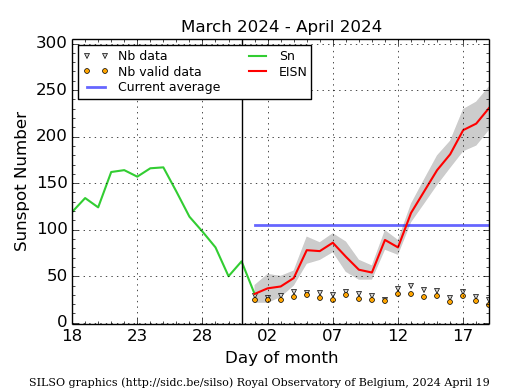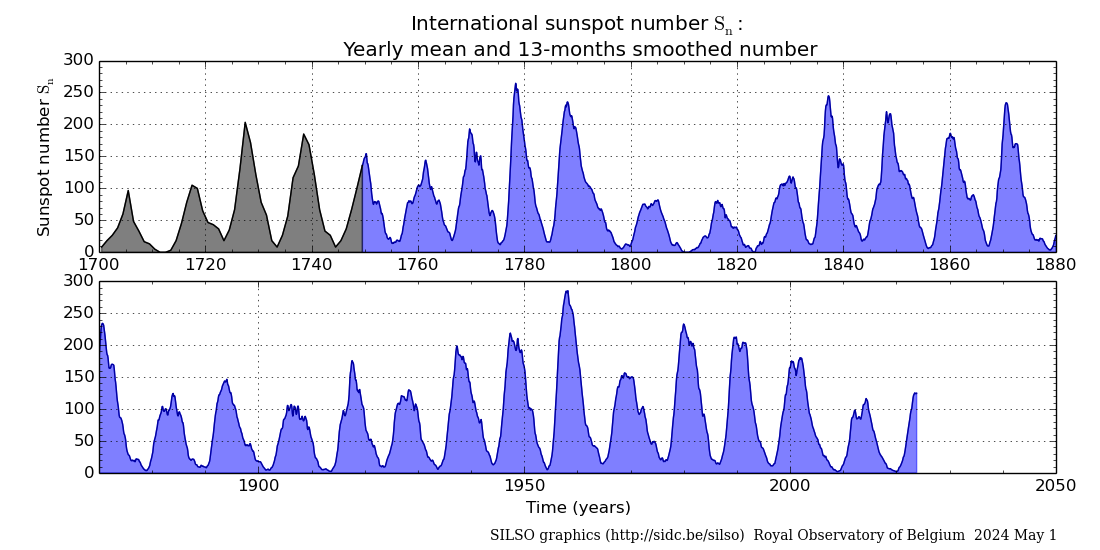Solar flaring activity was moderate over the past 24 hours. The largest flare was a M3.4-flare, with peak time 08:56 UTC on June 05, from NOAA AR 3697 (beta-gamma-delta). There are currently 12 numbered active regions on the visible disk. NOAA AR 3697 is the most complex AR (beta-gamma-delta) and responsible for the majority of the flaring activity . The solar flaring activity is expected to be at moderate levels over the coming day with C-class flares expected and M-class flares likely and a chance of X-class flares.
A Coronal Mass Ejection (CME) to the south west first seen in the SOHO/LASCO-C2 at 5:12 UTC on June 04 and is associated with an on disk signature of an eruption of AR 3703 near the central meridian at around 04:54 UTC. This CME is quite narrow, but will be further analysed to determine if there is an Earth directed component.
A north-south elongated equatorial positive polarity coronal hole crossed the central meridian late June 04. A possible arrival of high-speed stream from this coronal hole may impact the Earth from June 08.
Over the past 24 hours, the greater than 10 MeV GOES proton flux remained below the 10 pfu threshold and is expected to remain so over the next day. There is a slight chance that the proton flux may increase in case of strong flaring from NOAA AR 3697.
The greater than 2 MeV electron flux remained below the 1000 pfu alert threshold, and is expected to remain below the threshold during the next 24 hours. The 24h electron fluence was at normal levels and is expected to remain so.




